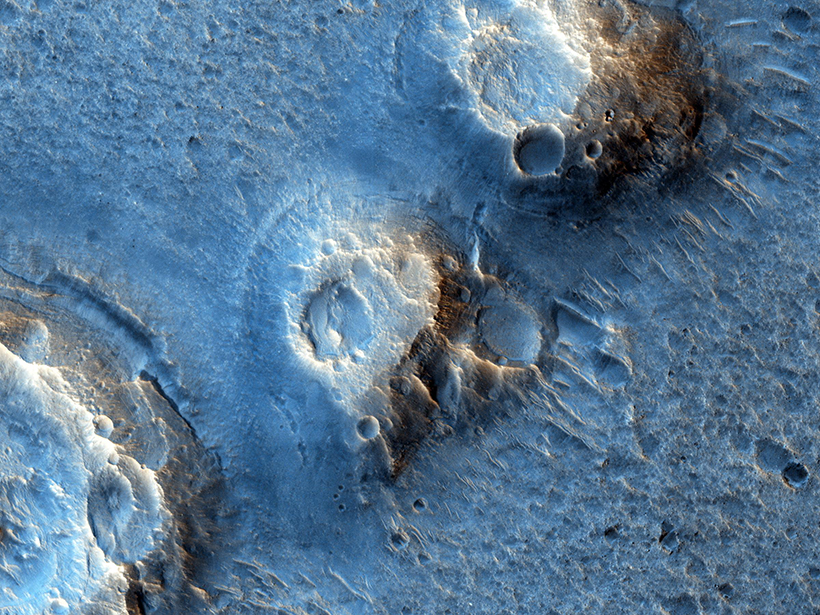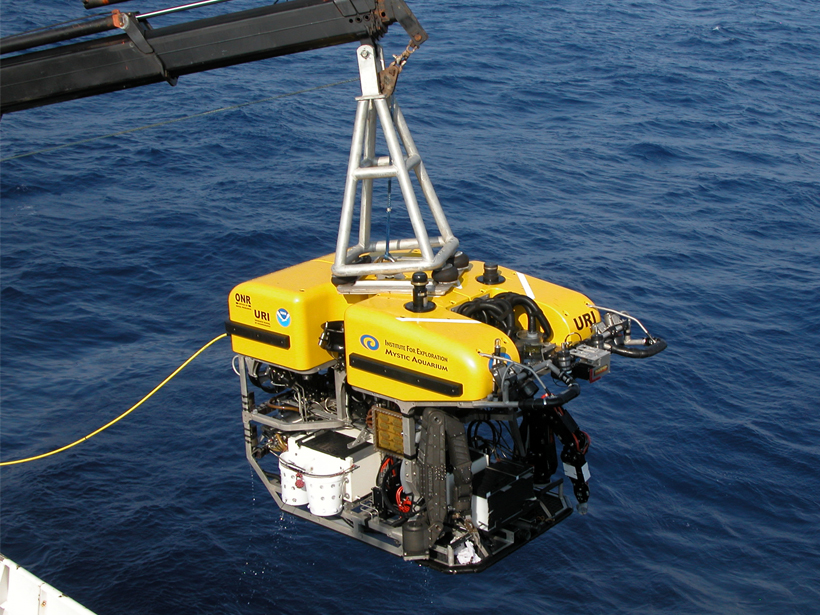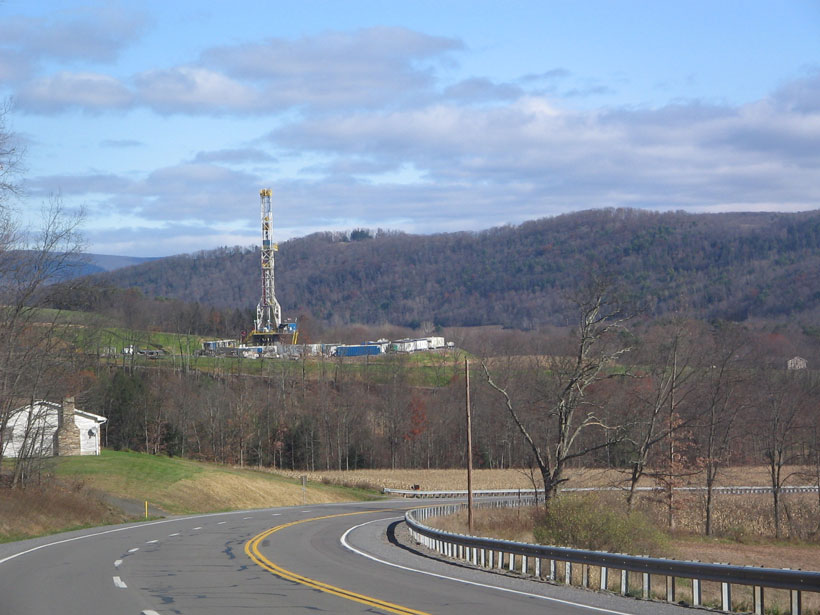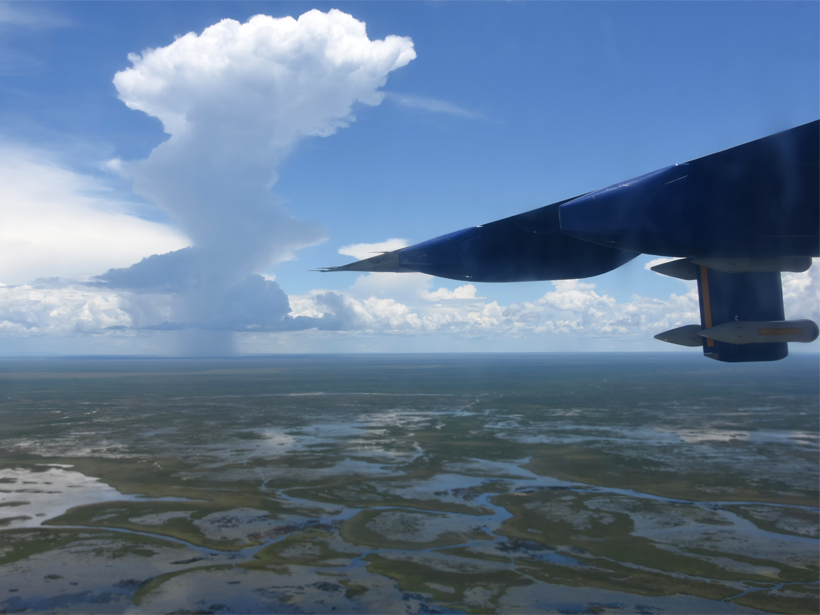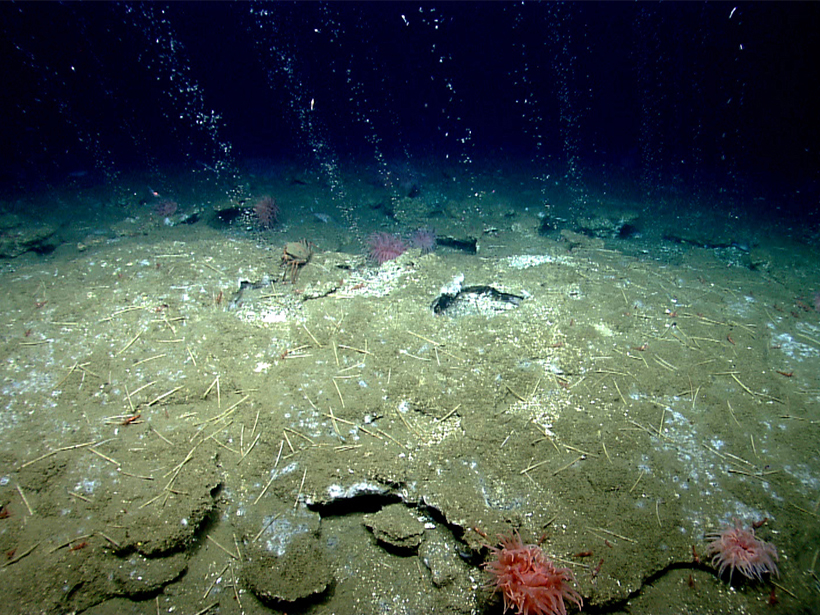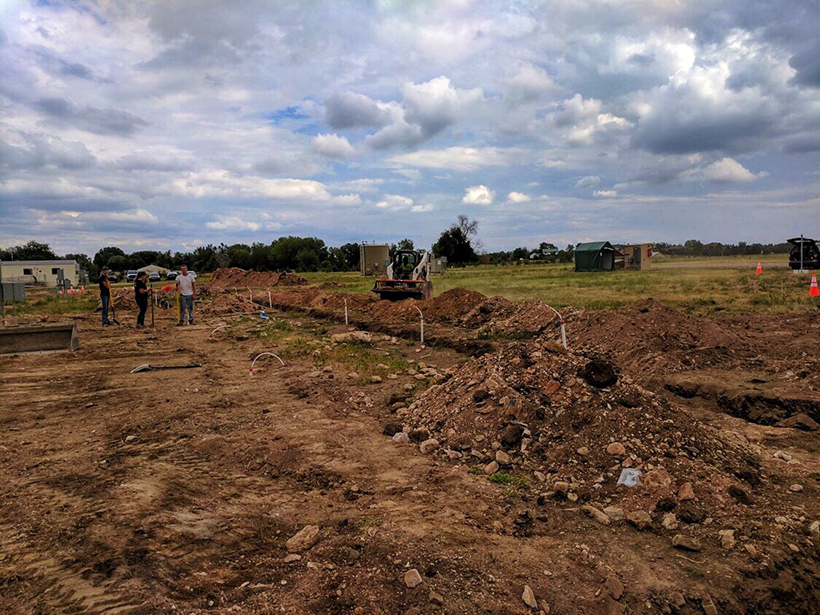Incomplete combustion and biogenic emissions—exhalations and flatulence—make Oktoberfest a significant, albeit temporary, source of the potent greenhouse gas.
methane
Where Do Natural Gas Hydrates Come from and Why Should We Care?
A new generation of models, laboratory, and field studies is helping scientists answer important questions about this mysterious substance.
How Scientists Search for Martian Methane
Finding subsurface reserves of methane on Mars could revolutionize human space travel, but it won’t be an easy hunt.
Investigating Rates of Microbial Methane Munching in the Ocean
Analyses of microbial activity in seawater samples help clarify the fate of methane released from the seafloor.
Fugitive Gas Abetted by Barometric Pressure
Barometric pressure, in addition to factors such as lithology and the depth of the water table, can influence patterns of natural gas that escapes to subsurface soils.
Methane-Releasing Tundra Soils Freezing Later Each Year
Scientists find links between delayed freezing of Alaskan soils and higher atmospheric methane concentrations during the cold season.
In Pennsylvania, Methane Emissions Higher Than EPA Estimates
Although methane emission estimates from underground coal production appear to be accurate, the calculated emissions from natural gas production are underreported.
Rising Methane Emissions Could Derail the Paris Agreement
A new study looks for the source of a spike in the potent greenhouse gas methane.
Compiling a Census for SEAFLEAs
Collaboration to Compile Open-Source Sites of Seafloor Fluid Expulsion Anomalies, AGU Fall Meeting 2018; Washington, D.C., 14 December 2018
Detecting Fugitive Methane Leaks for Public Safety
A holistic approach to tracking leaks from natural gas pipelines could prevent explosions and also help reduce greenhouse gases in the atmosphere.



